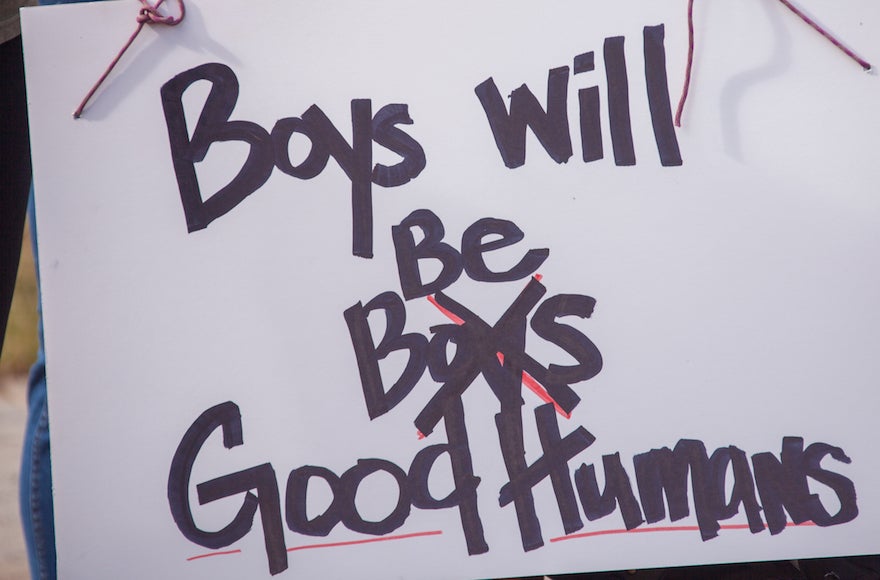How to Set Up a Shared Pantry in Your Apartment Building
I live well below the poverty line, so I live in a cheap, slummy apartment building where everybody else is poor, too. For the most part, I like this setup. I grew up in poverty, and I’m not comfortable around moneyed people. (It’s a topic for another day but people with money are really weird about, well, money. You can’t even talk about it around them.) But being poor definitely has its drawbacks. My neighbours and I are always running out of food and meds.
 One of the many things I like about poor people’s cultures, though, is that we tend to be really good at sharing resources. It makes sense: when you’re short on money, you need to have strong relationships to get by. Of course I’m going to give you what you need if I have it–I’m definitely going to need something you have in the very near future. Besides, when we’re all in the same boat, none of us is likely to believe that the reason I can eat today, and you can’t, is that I deserve it more than you, but next week when you can eat, and I can’t, it’s because you worked harder than me. Most of us are well aware that we’re going to stay poor, no matter how hard we work.
One of the many things I like about poor people’s cultures, though, is that we tend to be really good at sharing resources. It makes sense: when you’re short on money, you need to have strong relationships to get by. Of course I’m going to give you what you need if I have it–I’m definitely going to need something you have in the very near future. Besides, when we’re all in the same boat, none of us is likely to believe that the reason I can eat today, and you can’t, is that I deserve it more than you, but next week when you can eat, and I can’t, it’s because you worked harder than me. Most of us are well aware that we’re going to stay poor, no matter how hard we work.
The benefits of setting up a shared pantry are that it makes sure nobody goes without at least one of their basic needs, it builds community in the place where you live, and it politicizes your poverty. There is strength in numbers, and this strength can help you if you have to fight your slumlord, or advocate for community resources to your city council, or need a dog-sitter while you’re in the hospital. It also relieves some of the shame that poor people are socialized to feel about the poverty that’s been imposed on us by capitalism. Continue reading





